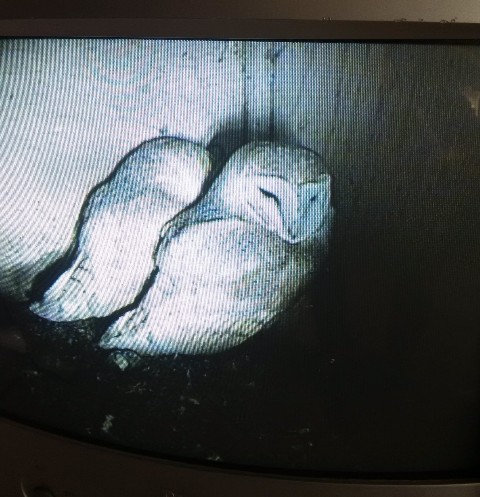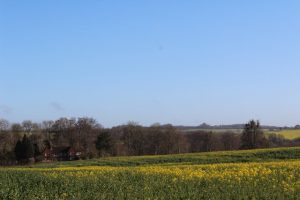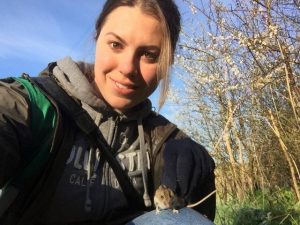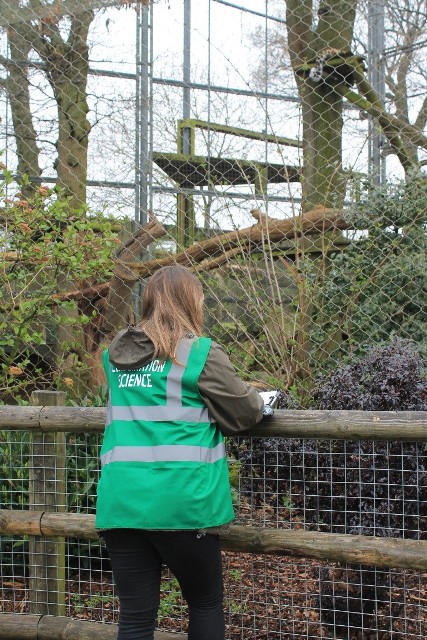Written by Flávia C. B. Trigo
With just a few months to go until we finish the MRes Wildlife Conservation course, it is unbelievable how fast time is passing by! Some of our fellows are still out conducting fieldwork in Zimbabwe, while the students who went out to Kenya are back and getting stuck into their data analysis. I’m still very busy collecting data for my project and here I’ll give you a brief insight into what I’ve been doing.
My research is based in the UK looking at the breeding success of barn owls Tyto alba utilizing nest boxes in the South Downs National Park. Here, man-made nest boxes have been set up to combat barn owl population declines and the loss of traditional nesting sites. I have already finished the first phase of my project involving small mammal trapping which will provide information on whether the abundance of prey is influencing the occupancy of nest-boxes by barn owls. This phase was very tiring as it required waking up very early to go out and check the traps, come rain or shine! However, I have learned so much being out in the field and I even had my first barn owl sighting, so it has been extremely rewarding! I have been very fortunate to work in some incredibly beautiful places in the Hampshire countryside, so this made getting up at 5am everyday worthwhile!
- Study site in the South Downs National Park
- Wood mouse (Apodemus sylvaticus) captured in South Downs National Park
The next phase of my project involves vegetation surveys to assess the influence of litter depth, percentage of vegetation cover and canopy height on small mammal abundance. I will also be making direct checks on nest boxes and using camera traps, binoculars, presence of pellets and droppings around nests to indirectly assess the presence of barn owls and the way in which they are using the nest boxes.

Barn owls (Tyto alba) using a nest box in South Downs National Park – thanks to Sarah Mosse for this footage.
I find it very rewarding being in the field collecting data, so I am very much looking forward to the second part of my fieldwork. In addition to finishing off my data collection, it is also time to start statically analysing the data collected so far and begin my thesis write-up! I hope that the results of my study provide important management recommendations for the South Downs National Park authorities that can be used to inform the placement of barn owl nest boxes in optimum locations to increase breeding success.
In addition to working on my research I have also been helping out with animal behaviour observations on the Amur leopards Panthera pardus orientalis, Amur tigers Panthera tigris altaica and snow leopards Panthera uncia at Marwell Zoo. This is part of an ongoing study investigating the effects of carcass feeding on the behaviour of big cats. This has been particularly enjoyable and a great opportunity to contribute to research within the zoo, as well as a nice break from the intense fieldwork over the past few weeks.
So far the highlight of the course for me has been the 10-day field trip to Kenya! We had the opportunity to put in to practice all of the skills and techniques we had learned for monitoring and surveying wildlife and also to get to know one another much better. In my case, it was the first time I’d been to Africa which made this experience even more enjoyable. I was lucky enough to spot lions Panthera leo, elephants Loxodonta africana, black Diceros bicornis and white Ceratotherium simum rhinos, and a wealth of other animals that truly made this trip such a memorable experience.
Posted By : Danielle Free



